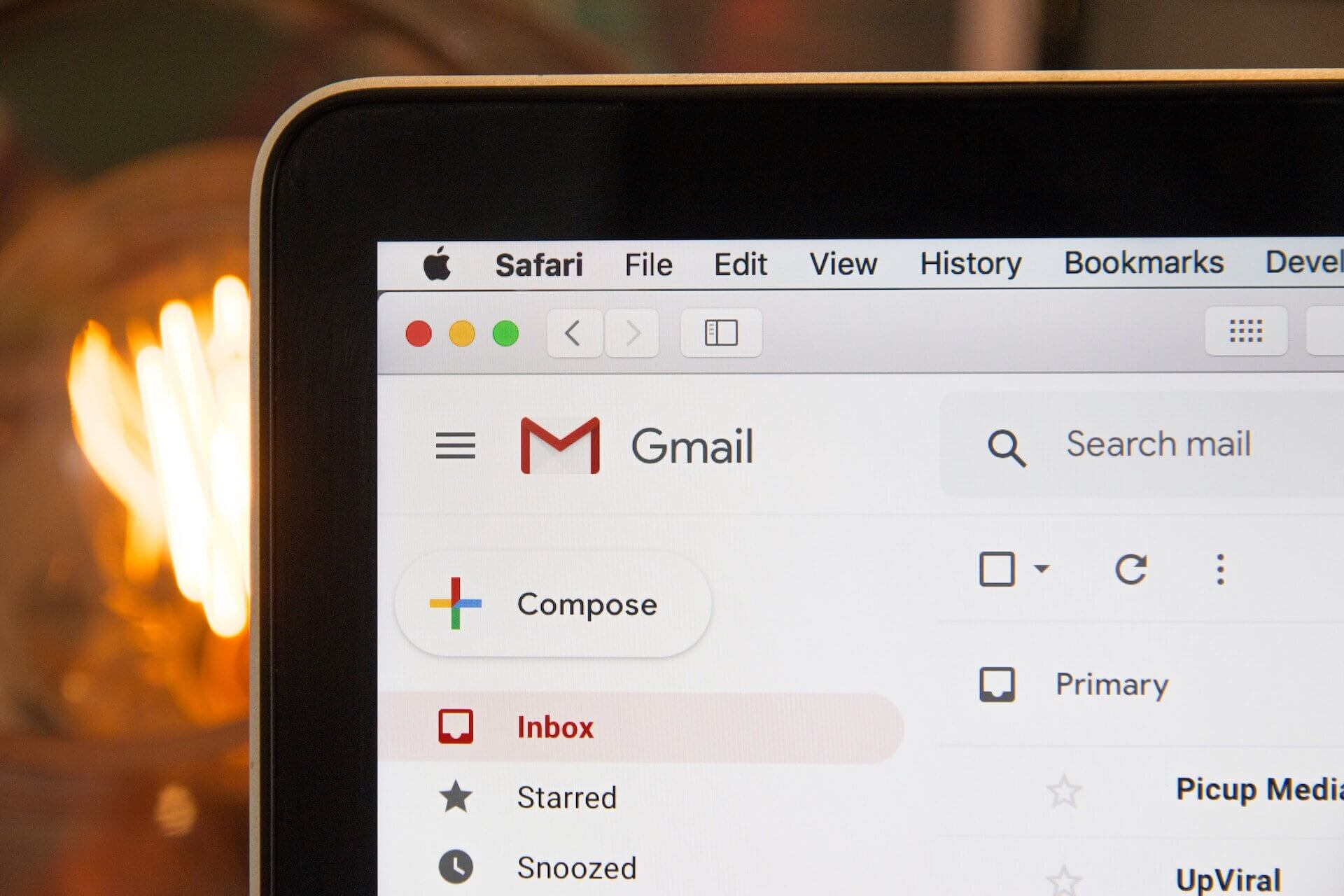After many marketers wrote email off as a declining communication channel in the middle of the previous decade, the medium is back thanks to web-enabled mobile devices that allow consumers to check their inboxes from anywhere and at any time.
That being said, the way brands are using email is changing. The focus is on providing email subscribers with interesting and engaging high-value content. With inboxes now accessible through phones, email has become a deeply personal marketing channel. Spamming prospects and leads with irrelevant content is not only ineffective, it may also do permanent damage to the customer-company relationship.
According to MarketingSherpa, email marketing is essentially backed by three pillars: technology, data and content. Marketing automation platforms and other such technologies help companies create and execute relevant email campaigns faster than ever before. Data enables brands to determine which elements of their initiatives are working and evaluate success. Content is what engages consumers and encourages them to open the email in the first place.
Content is a Vital Component
Many companies prioritize one component of a successful email marketing campaign over another. For example, they spend all their time analyzing metrics or trying to maximize their automation software to hit the most relevant audience. Businesses need to realize that content is just as important as any other ingredient of the successful email marketing recipe.
Most brands are no strangers to content production. In fact, the rapid growth of social platforms has placed a greater emphasis on the creation of entertaining and engaging media. Companies must translate this content creation into their email marketing efforts.
Leveraging technology, such as digital assets and customizable collateral builders, can help businesses create highly relevant marketing emails that also don’t stray from the brand’s tone and message. This ensures companies maintain their brand while also launching more engaging email marketing initiatives.
Leveraging Content for the Closed-Loop Strategy
Content is the cornerstone for running a successful closed-loop strategy. Effective marketing collateral is necessary for generating leads – if content doesn’t speak to consumers and show them how a product or service can solve their problems, they likely aren’t going to be interested in whatever your company is trying to sell.
However, content alone isn’t enough. Businesses also need to effectively organize and disseminate this content. Your collateral can be absolutely mind-blowing, but if it isn’t being packaged in a way that is relevant to consumers or distributed in a manner that will reach your target audience, it doesn’t matter.
Once content has been distributed, it’s time for your brand to learn from its campaigns. Which pieces of content worked and generated leads? Who responded to which initiatives? What channels are your customers using to engage with your brand? When and why do they communicate through these avenues? After you can answer these questions, you can use these data to inform the content you produce in the future.
Integrating Email with Other Promotional Efforts
To run successful email marketing campaigns, businesses must perfect their content creation. However, there is no reason to limit this media to email campaigns alone. Businesses can use their content to bolster other promotional efforts as well. For example, a compelling infographic is just as potent in email as it is on printed collateral or social media.
It’s no secret that content creation can a be time-consuming part of developing your integrated multi-channel marketing initiatives. But when you consider that it is the core of how your business interacts with consumers, and that digital asset management allows for repurposing the content it can now feel like time better spent.
